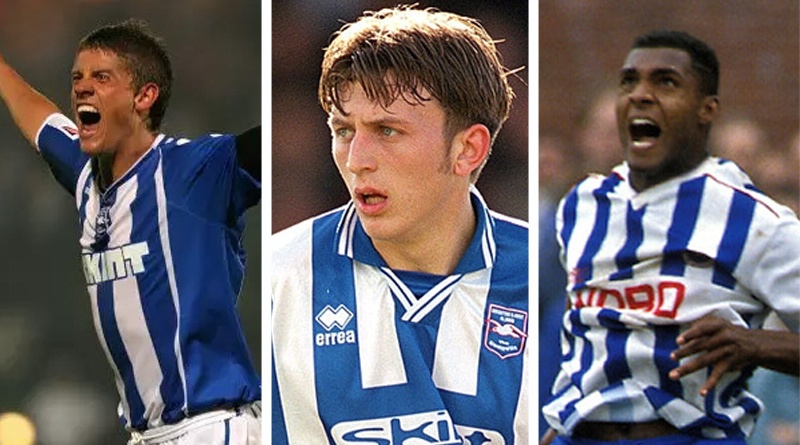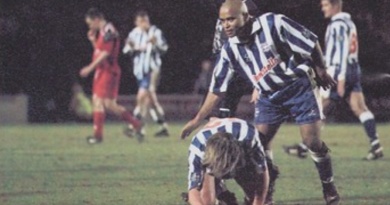Brighton’s top 10 signings from Non League football
The annals of football history are littered with brilliant players who were plucked from the depths of Non League and went onto make a real name for themselves in the professional ranks.
Brighton are a club that thrives in that department. Arguably the Albion’s greatest ever striker was a £4,000 signing from Burton Albion.
Only one player in Seagulls history has won four promotions with the club and he arrived for £1,000 and a set of kit from Stansted.
The individual who has earned one of highest number of international caps whilar on the Albion’s books was brought in from Ballymena United.
Even the man with more Brighton appearances to his name than any other arrived as a 23-year-old from Denaby United.
Bargains and excellent signings the lot of them. We have put together this list of Brighton’s 10 best imports from the part time ranks.
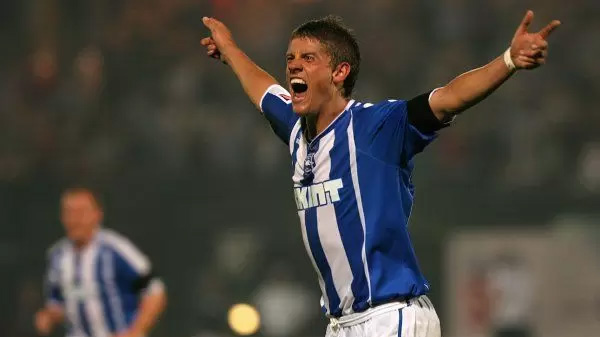
10) Alex Revell
Given the millions of pounds that Brighton have happily gambled on players like Alireza Jahanbakhsh and Jurgen Locadia in the Premier League era, it seems mad that just 16 years ago we were getting excited at Mark McGhee being allowed to splash £8,000 on a striker from Ryman League Braintree Town.
That striker was Alex Revell and he turned out to be an exceptionally good piece of business for the Albion.
By the time that Revell departed for Southend United 18 months later, he was worth £150,000 having netted 18 goals in 70 games for the Seagulls.
Most people remember Revell for his workmanlike qualities; he was the sort of player who would run through a brick wall if you asked him too.
But he had his fair share of talent too as his highlight reel is testament to. There was a brilliant goal on his debut away at Rotherham United on the opening day of the 2006-07 season and a stunning hat-trick in a 3-2 win over Plucky Little Bournemouth on New Year’s Day 2008 just before his departure.
His sale in fact came as something of a surprise but a few days later, we found out why. Tony Bloom was now secretly pouring money into the club behind the scenes with a new £300,000 striker set to arrive to take Revell’s place. That man? A certain Glenn Murray.
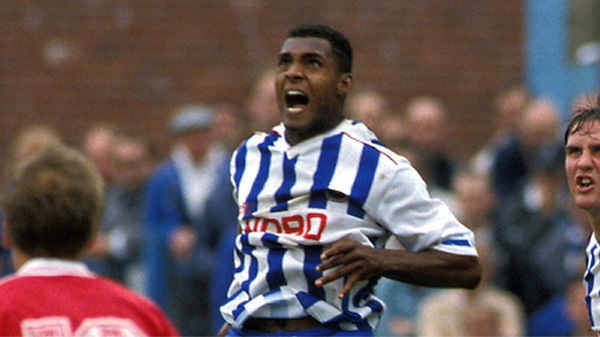
9) Robert Codner
We are not ashamed to admit it – we loved Robert Codner. He was a player who polarised opinion in a way rarely seen outside of Brexit, an enigmatic individual who was as weird and wonderful on the pitch as he was off it.
When the matchday programme interviewed him about his ambitions, rather than win an FA Cup or play for England, he told them he wanted to become a millionaire. He would travel to London after training to work in the City for a large insurance company.
In December 1993, he spent three weeks in Lewes Prison for driving offences. He was arrested for possession of cocaine but never convicted.
There were countless contractual disputes and sometimes he looked like he wished he was anywhere but on a football pitch.
And yet despite all that, he managed to play 315 times over seven years, scoring 47 goals and even had a brief spell as captain either side of his time in the nick.
Codner also represents the most significant outlay that the Albion have ever spent on an individual from Non League.
He cost £115,000 when Barry Lloyd brought him in from Barnet in September 1988. It was a huge sum at the time for a 23-year-old who had been on the books at Leicester City but played all his competitive football for Dagenham and the Bees whilst working on a building site and in the City.
It was money well spent though, if for nothing else than the entertainment value of one of Brighton’s ultimate enigmas.
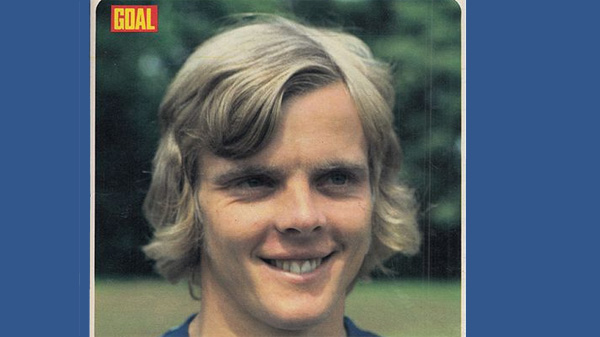
8) John Templeman
The first man in our top 10 to arrive from the Sussex Non League ranks is utility man John Templeman, who was 18 when he was plucked from County League Division One outfit Arundel in the summer of 1966.
What made his signing remarkable was the fact that the Mullets (best nickname in football) had been relegated to Division Two at the end of the previous season.
Templeman had to wait until Christmas to make his first team bow. It was not exactly a gentle introduction to senior football – he was put in central midfield and charged with man-marking the great Rodney Marsh as Queens Park Rangers visited the Goldstone.
Templeman did such a good job that Marsh ended up getting booked out of frustration as the two sides drew 2-2. The headline in the newspapers the next day read “A Star is Born”.
Although mainly used as a full back or midfielder, Templeman in reality could do a job anywhere. In the 1968-69 season, he started in six different positions – more than even Adam Virgo managed under Micky Adams in 2008-09.
His best season came in the 1971-72 campaign when the Albion were promoted to Division Two. He scored seven times from midfield and missed just one match.
Two years later and his Brighton career was brought to an end after 225 appearances and 18 goals, Brian Clough moving him onto Exeter City as part of the deal that saw Fred Binney come the other way.
He also had fantastic hair.
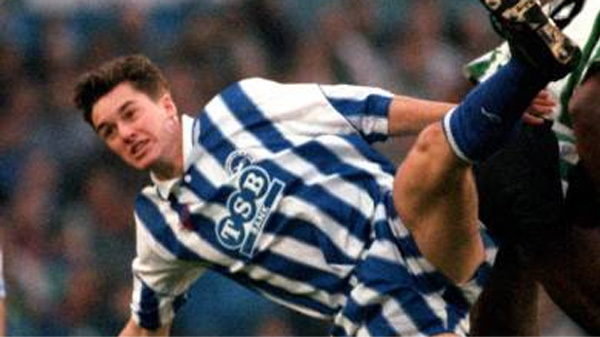
7) John Crumplin
Johnny Crumplin, Football Genius. A football genius signed from Bognor Regis Town. Crumplin made his debut for the Rocks at 16 before joining Portsmouth as a trainee, although he never made a first team appearance at Fratton Park.
When Pompey released him, he returned to Bognor and went to work as a bricklayer. It was during this second spell at Nyewood Lane that two important things happened to Crumplin.
First, he was converted from a central defender into a right winger. Second, he caught the attention of Barry Lloyd who decided to fork out £6,000 for his services in March 1987.
Over the next eight years, Crumplin would play 245 times for the Seagulls in a range of performances. These varied from having the finest player in the land John Barnes in his back pocket at Anfield to looking like a complete carthorse. He was either fantastic or woeful, there was never any middle ground.
By the time he was shackling Barnes, Crumplin had been moved to right back and it was here that he earned the moniker of Football Genius.
T-shirts with his face on were sold and you could never fault his efforts, nor his entertainment value – none more so than when he produced an outrageous piece of skill to score direct from a corner away at Wrexham in 1994, but still somehow managed to look like a donkey by falling over in the process. Classic Crumplin.
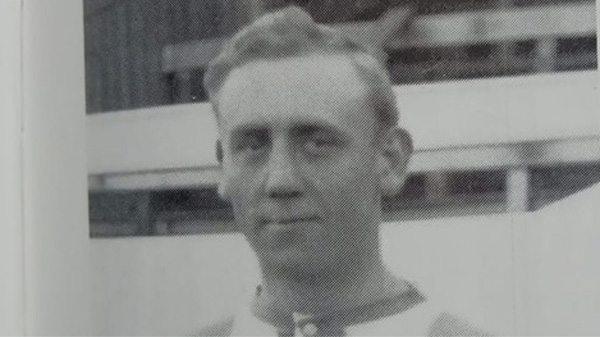
6) Bert Longstaff
There is probably a debate to be had here about whether a bloke signed by the Albion in 1906 in the early days or professionalism can be described as having been plucked from Non League, but Bert Longstaff‘s story is bloody fantastic as it features an overprotective mother so he is in at sixth anyway.
Longstaff was one of the finest players on the Sussex amateur scene when turning out for Shoreham between 1902 and 1907.
This soon attracted the attentions of the mighty Tottenham Hotspur who wanted to take him to White Hart Lane, a move blocked by his mum who told him he had to remain at home.
Undeterred by not being allowed to fly the nest, Longstaff helped Shoreham to a treble of Sussex Senior Cup, Royal Irish Rifles Charity Cup and West Sussex League championship in 1905-06.
It was enough to finally persuade the powers that be at the Goldstone to take a look at him. Longstaff duly joined the Albion in November 1906 and would go onto play 443 times, mainly on the right wing, scoring 86 goals.
That total would have been much greater had World War I not put his career on hold for four seasons. In fact, he might have even challenged the appearance record of the bloke at number four on our list.
Longstaff’s crowning moment was undoubtedly helping the Albion to lift the Southern League title in the 1909-10 season, which was then followed by beating Football League champions Aston Villa in the Charity Shield to be crowned the unofficial champions of England.
Once his Albion career came to an end in 1922, he went back to Shoreham where he continued to contribute to the success of one of the county’s best Non League sides of the era. An Albion great and a great of Sussex football in general.
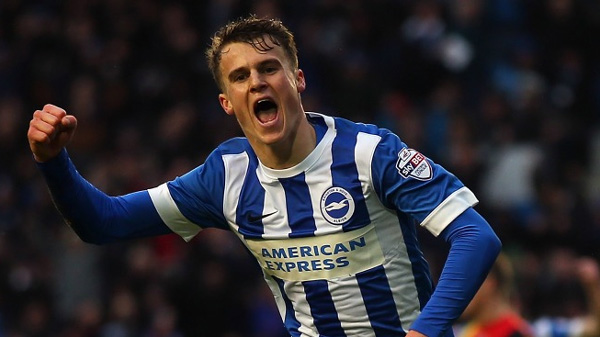
5) Solly March
Some of you might be surprised to see Solly March on this list as many of us consider him to be a product of the Albion academy.
But he actually played his football at Crystal Palace between the ages of 11 and 13 before spells within the youth setups of Eastbourne Borough and Lewes.
March made his first team debut for Lewes on September 10th 2011 as a 17-year-old in an Isthmian League Premier Division clash with Aveley.
That turned out to be his only appearance for the Rooks as the Albion snapped him up soon after and two years later he established himself as a first team regular under Oscar Garcia.
There’s been no looking back since then with England Under 21 recognition following, promotion to the Premier League and over 250 appearances for Brighton.
We may like to think of him as being Albion bred, but March is a player who was really made on the Sussex non-league circuit.
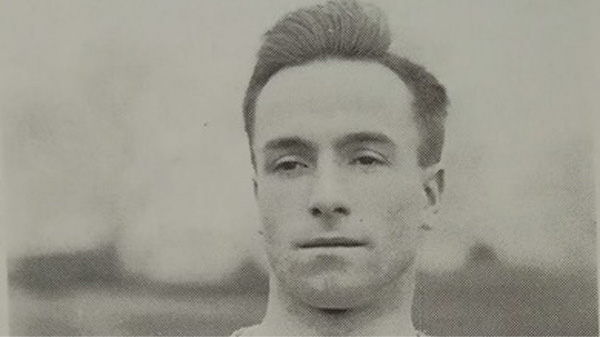
4) Tug Wilson
With 566 appearances over the course of 14 seasons, nobody comes close to Tug Wilson’s Brighton appearance record.
The little left winger was rejected by Sheffield Wednesday as a teenager and subsequently spent World War I working at the city’s famous Silverwood Colliery.
After the conflict had ended, he began to make a name for himself with Denaby United in the Midland League, which is where he attracted the attention of the Albion.
Wilson underwent a successful trial in May 1922 and signed on at the Goldstone in August. It did not take him long to wrestle the left wing spot from Jimmy Jones and once he had established himself, he missed just 29 games over the following 12 seasons. An astonishing record.
He scored 71 goals in that time and even put his cricket skills to good use with a couple of appearances for Sussex’s second XI.
Described by those who watched him as being full of deft feints, swerves and with an unmatched ability to produce beautiful flighted crosses, few have had an Albion career as impressive as the man who was working down a coal pit before the Seagulls came calling.
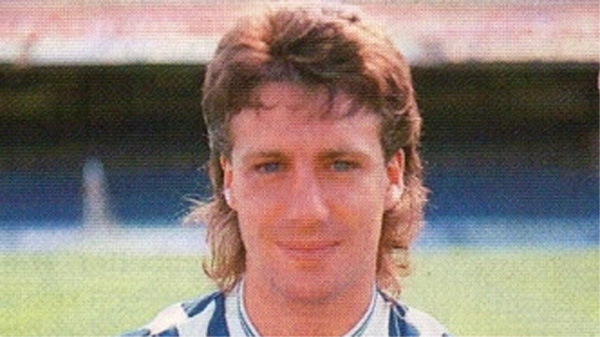
3) Steve Penney
Third on our list is Steve Penney, a man who made 17 Northern Ireland appearances during his time with the Albion which gave him the record as most capped player whilst on the club’s books until Shane Duffy overtook him.
Penney was snapped up from Northern Irish side Ballymena United in November 1983 for £10,000. He had been recommended to coach Sammy Nelson by Nelson’s former Northern Ireland international teammate Jim Platt, who was the Ballymena goalkeeper at the time.
This proved to be money well spent and not just because Penney sported a fantastic mullet for the middle part of his eight-year Albion career. He was also a speedy and unpredictable right winger who took the second tier by storm in the 1983-84 season.
He earned the first of those 17 Northern Ireland caps the following year in a 3-0 win over Israel and played twice at the 1986 World Cup in Mexico, but from that point on his career was hit by a succession of unfortunate injuries.
In March 1987, he fractured his ankle and that was followed by serious knee complications which required a couple of surgeries.
Penney returned after a year on the sidelines in March 1988 but managed just 13 appearances in the 1988-89 season as his knee problems returned, resulting in another two years on the sidelines and his eventual release towards the end of the 1990-91 season.
Had he not suffered quite so much with injuries, then there is every chance Penney could have pushed for an even higher ranking in the Non League signings chart.
As it was, he signed off with 162 appearances, 15 goals and universal popularity as shown by the fact he was voted as the Albion’s best ever right winger in a 2015 vote carried out by The Argus.
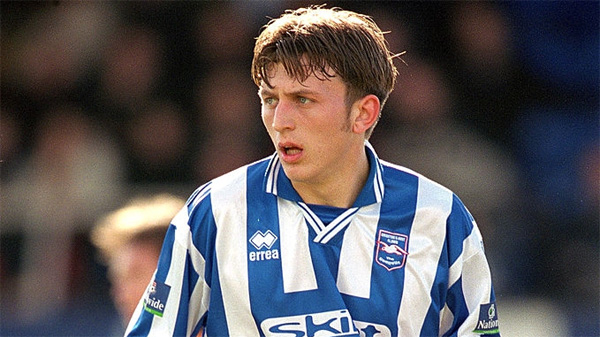
2) Gary Hart
Gary Hart was a Division Three champion in 2001, a Division Two champion in 2002, a Division Two play off final winner in 2004 and a League One champion in 2011.
No other player in Albion history has won four different promotions with the club, which makes Hart a record-breaker and puts him second on our list.
And that is why he is considered one of the best bargain buys in Brighton history. He was signed for the princely sum of £1,000 plus a set of playing kit to Essex League side Stansted and went onto play 417 times for the Albion. Only seven players have ever managed more appearances in the club’s history.
Hart featured under 10 different permanent managers from Brian Horton through to Gus Poyet He Who Must Not Be Named over the course of 13 years.
He began life as a striker but is probably best remembered as a hard working, pacey right winger who would help to supply Bobby Zamora as Micky Adams’ side tore through the divisions.
Under Mark McGhee, he became a right back for a brief period and also had a spell at left back, although that was obviously when McGhee was drinking a little too much whiskey when making his team selection.
Hart even managed to score the first Brighton goal at the Amex, notching in the Sussex Senior Cup Final on 2011 despite the fact he had already been released by the club.
Poyet You Know Who welcomed him back to play one last game having helped the Albion’s reserves make it to the final and he duly opened the scoring as the Seagulls beat Eastbourne Borough 2-0 in front of a crowd of 7,00.
Best set of kit the Albion have ever spent.
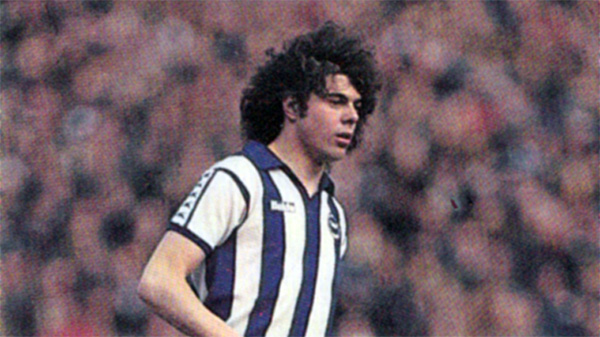
1) Peter Ward
Not only is Peter Ward the best player Brighton have ever signed from Non League, he is probably the best player Brighton have ever signed full stop.
As a 20-year-old, Ward was an apprentice engine fitter at the Rolls-Royce plant in Derby. He spent his spare time turning out in the Southern League for Burton Albion having previously played for Borrowash Victoria in the Derby Combination.
He had a decent scoring record of 21 goals in 50 games for the other Albion and when Burton manager Ken Guttridge was appointed as a coach at the Goldstone Ground, one of his first acts was to recommend the hotshot striker from his former employers to Brighton boss Peter Taylor.
Taylor duly listened and forked out £4,000 for Ward’s services in May 1975. Ward had to wait nearly a year for his debut but it was well worth it as he scored after just 50 seconds in a 1-1 draw at Hereford United. From there, a legend was born.
Ward’s feats should not need repeating, but here they are anyway. He fired Brighton from third tier to top division in his first spell at the club between his debut in 1976 and his £450,000 departure to Nottingham Forest in 1980. He scored an astonishing 36 goals in the 1976-77 season, a club record which is unlikely to ever be broken.
There was a hat-trick on his England Under 21 debut as Norway were beaten 6-0 at the Goldstone. A full cap followed against Australia just over a year later.
And when he returned on-loan from Forest for 23 games in the 1982-83 season, his mere presence added 8,000 to the Goldstone gate.
Ward’s final Albion career figures read 95 goals in 227 games and he remains arguably the most popular player the club have ever had.
Not bad for a bloke deemed too small to make it as a professional when he was at school and who was subsequently fixing cars in his early 20s.

